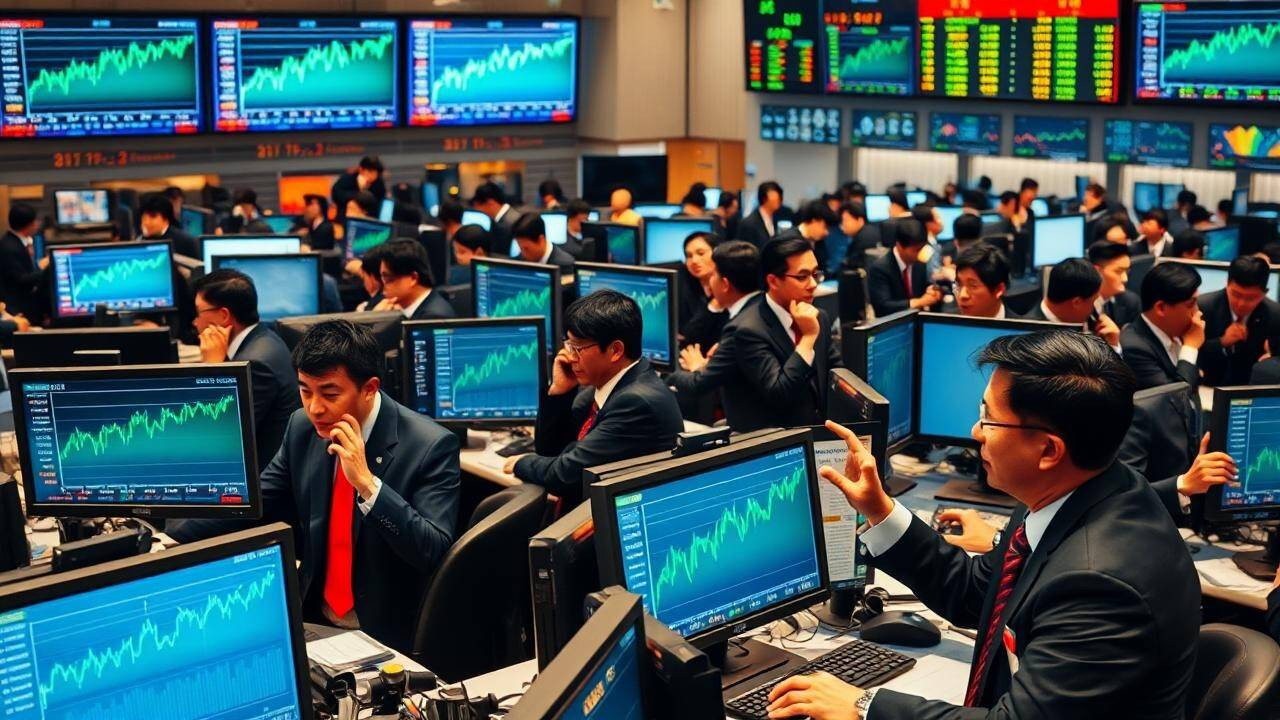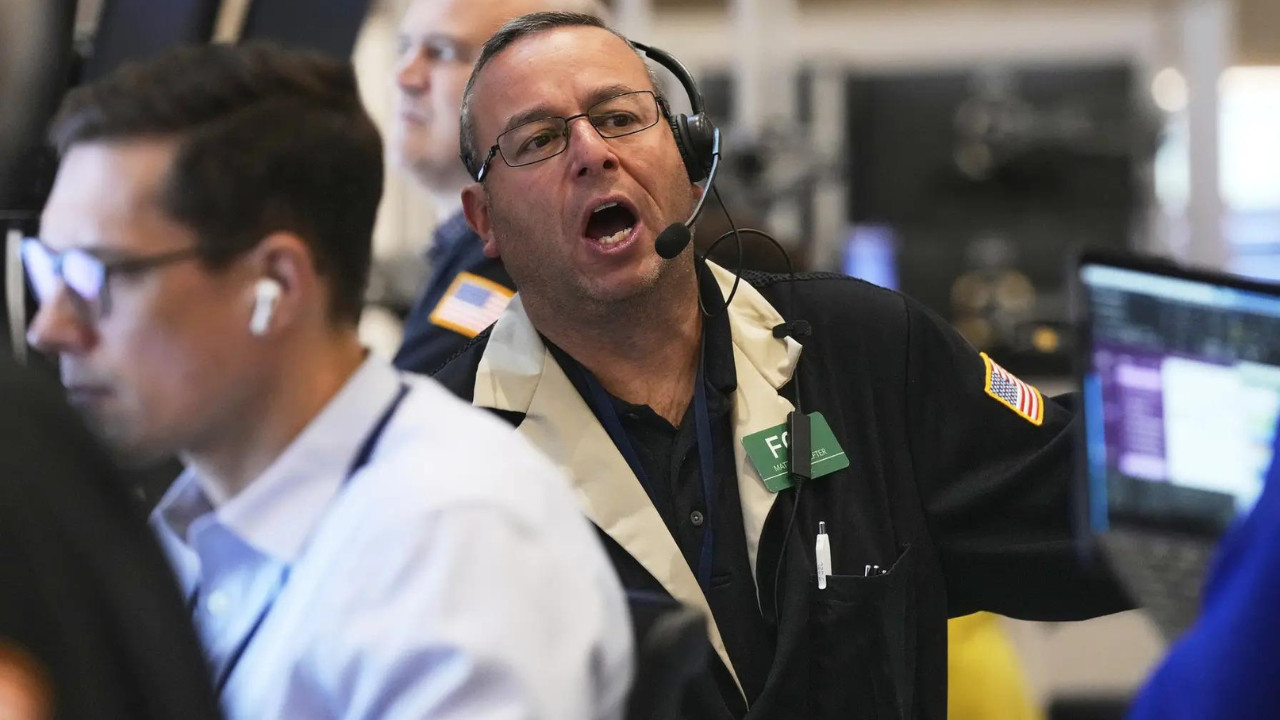Asian stock markets showed initial recovery signs after last week’s losses due to escalating Israel-Iran tensions. Investor caution persists amid concerns over oil supplies, inflation, and monetary policy. Brent crude prices increased, while the yen weakened. Market participants are closely monitoring upcoming interest rate decisions from major central banks.
The World on a Tightrope: Jitters in Asia, Oil’s Wild Ride, and the Mystery of “Safe Havens”
Okay, folks, let’s talk about the elephant in the room – the one that’s been tiptoeing around international headlines and causing a ripple effect in our wallets and investment portfolios. I’m talking, of course, about the simmering tensions between Israel and Iran. It feels like we’re all collectively holding our breath, waiting to see if things escalate further.
The initial knee-jerk reaction to recent events sent shockwaves through global markets. But what’s been particularly fascinating to watch is how quickly things have shifted, and how different parts of the world are reacting. Asia, for instance, seems to be cautiously dusting itself off. After a period of understandable panic, most stock markets in the region have staged a bit of a rebound. It’s like they’re saying, “Okay, we acknowledged the threat. Now, let’s get back to business… carefully.”
But that doesn’t mean everything’s smooth sailing. This recovery feels more like a tentative dance than a confident sprint. Investors are walking a tightrope, balancing the potential for further conflict with the underlying strength (or weakness) of their regional economies. They’re weighing the risk of further destabilization against the allure of potential gains. And that, my friends, is a recipe for volatility.
Now, let’s talk about the black gold – oil. As you might expect, the uncertainty in the Middle East has sent oil prices soaring. It’s basic economics: supply disruption + increased anxiety = higher prices at the pump. This isn’t just about filling up your car; it impacts everything from transportation costs to manufacturing, ultimately feeding into inflation. That’s why everyone, from central bankers to everyday consumers, is keeping a close eye on this particular barometer.
But here’s where things get really interesting: the behavior of “safe haven” assets. Typically, when geopolitical tensions rise, investors flock to traditionally perceived safe havens like gold, the US dollar, and government bonds. This time around, the picture is a bit… messy. Gold has definitely seen a boost, continuing its upward trend fuelled by a whole host of underlying uncertainties beyond just Middle Eastern tensions. The dollar? A bit of a mixed bag. Some days it’s up, some days it’s down. Government bonds? The reaction has been muted, to say the least.
Why the divergence? Well, it’s likely a complex interplay of factors. Firstly, the market is clearly not unified in its assessment of the threat. Some investors believe the tensions are contained, while others are bracing for a wider conflict. This difference in opinion creates conflicting pressures.
Secondly, global economic conditions are already complicated. We’re still grappling with inflation, interest rate hikes, and the lingering effects of the pandemic. These existing concerns are influencing investment decisions just as much as, if not more than, the geopolitical risk. In other words, some investors might be more worried about a recession than a war.
Thirdly, we’re living in a different world than we were even a decade ago. Cryptocurrencies are increasingly viewed as a possible hedge against economic and political turmoil by some, even if they don’t behave that way reliably. Investment strategies have evolved, and traditional safe haven assets are no longer the only game in town.
So, where does this leave us? In a state of heightened vigilance, I think. We need to pay close attention to diplomatic efforts, any movements on the ground, and, of course, market reactions. Remember that news headlines can trigger dramatic shifts in sentiment, and these shifts can translate into real-world consequences for businesses and individuals.
Ultimately, predicting the future is a fool’s errand. What we can do is prepare for different scenarios. Diversify your investments, stay informed, and, perhaps most importantly, don’t panic. Market volatility is inevitable during times of uncertainty. Try to filter out the noise and focus on the underlying fundamentals. Consider your long-term goals and make decisions that align with your risk tolerance.
This situation is a stark reminder that the world is interconnected, and events happening thousands of miles away can have a direct impact on our lives. It’s a good time to remember the importance of critical thinking, informed decision-making, and a healthy dose of skepticism when it comes to interpreting market trends. Stay safe, stay informed, and buckle up – it’s going to be an interesting ride.







